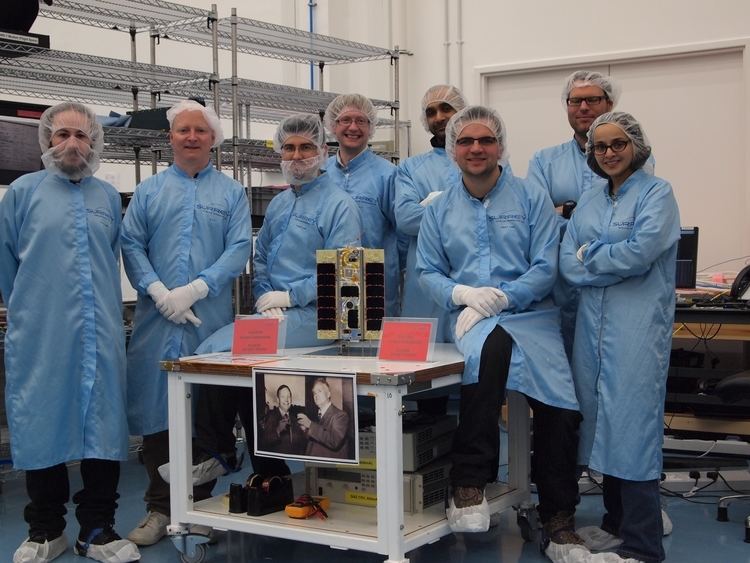Mission type Technology COSPAR ID 2013-009E Launch date 25 February 2013 | Operator Surrey Space Centre SATCAT no. 39090 Rocket PSLV-CA C20 | |
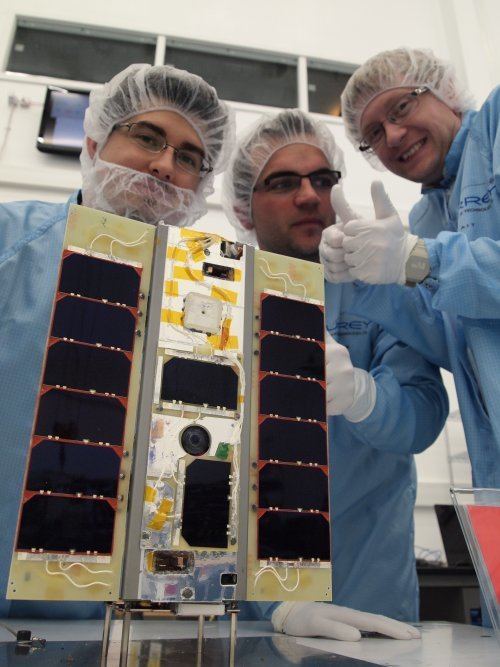 | ||
Similar AAUSAT3, Near Earth Object Surveilla, Sapphire, Drag and Atmospheric Neutral D, NEE‑01 Pegaso | ||
Strand 1 the world s first smartphone satellite
STRaND-1 (Surrey Training, Research and Nanosatellite Demonstrator 1) is a "3U" CubeSat developed by Surrey University's Surrey Space Centre (SSC) and Surrey Satellite Technology Ltd (SSTL). The 4.3 kg (9.5 lb) nanosatellite was launched into orbit on board a PSLV Rocket from India on February 25, 2013, becoming the first smartphone satellite in space.
Contents
- Strand 1 the world s first smartphone satellite
- Surrey satellite technology s strand 1 nanosatellite animation
- Design and Operation
- References
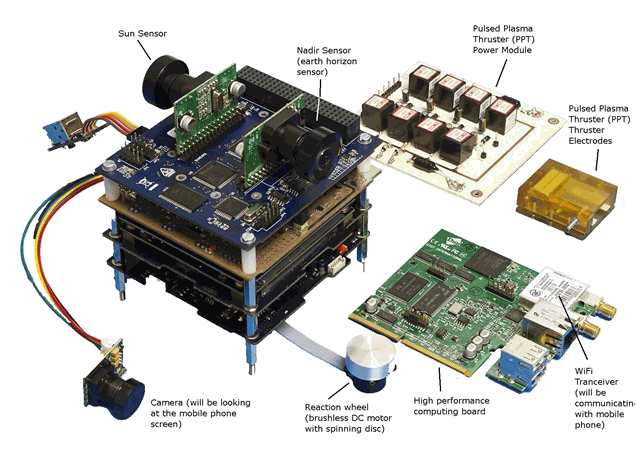
Surrey satellite technology s strand 1 nanosatellite animation
Design and Operation
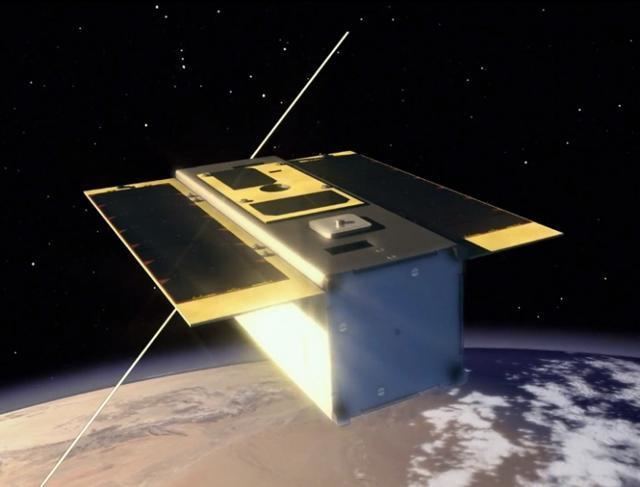
STRaND-1 is operated by two computers: one is classic CubeSat computer and second is a Google Nexus One smartphone with an Android operating system.

The smartphone was intended to provide cameras, accelerometers and high-performance computer processors - almost everything except solar panels and propulsion. During the first phase of the mission STRaND-1 was intended to use a number of experimental apps to collect data, while a new high-speed Linux-based CubeSat computer developed by SSC takes care of the satellite. During phase two the STRaND team intended to switch the satellite's in-orbit operations to the smartphone, thereby testing the capabilities of a number of standard smartphone components in a space environment. There was a public contest in August 2011 to create "space apps" to run on the phone. The winning entries included an app for magnetic field measurements, satellite telemetry display, an Earth imaging application called 360 App, as well as one app which is purported to allow users to see people scream in space. However, the smartphone on board STRaND-1 was not used to control the satellite before it unexpectedly turned off in March 2013 (Phase two was not turned on at this time).
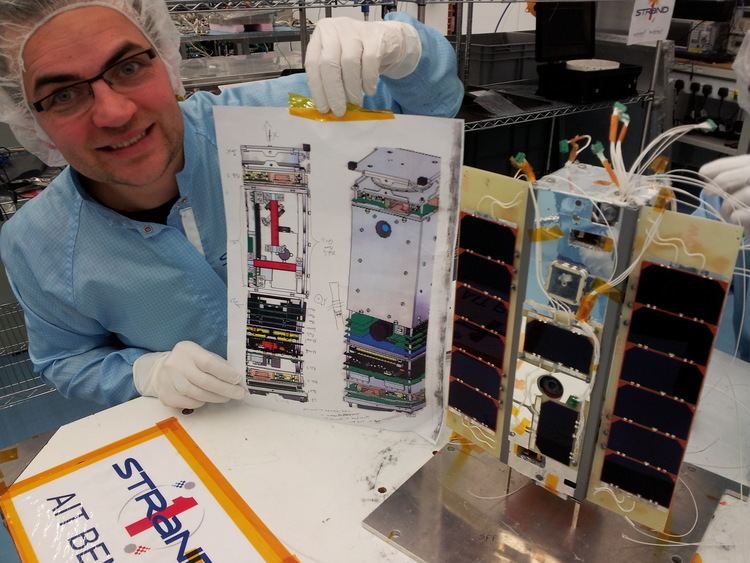
The spacecraft returned to operational status on 23 July 2013 at which time SSC and SSTL continued their plans for its operation and control.
